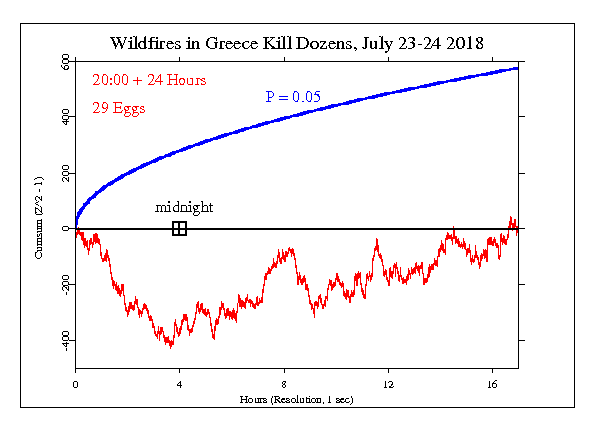Wildfires in Greece
From New York Times: ATHENS — Fast-moving wildfires near Athens have killed at least 76 people, officials said on Tuesday, and have forced thousands of tourists and residents to flee in cars and buses, on foot, aboard boats and on makeshift rafts. In desperation, some people plunged into the Aegean waters and tried to swim to safety.
Gale-force winds topping 50 miles an hour have fanned a pair of fires that tore through seaside areas popular with travelers, leaving behind a trail of charred resorts, burned-out cars and smoldering farms, and wrapping the region in a pall of smoke. Officials said that at least 187 people were injured, including 23 children.
Many evacuation routes were blocked, and people who managed to escape by road had to drive through choking smoke, sometimes with walls of flame leaping through trees just yards away.
At his home in Rafina, a port town, Vaios Kiriakis first smelled the fire late Monday afternoon, and by 8 p.m. he, his wife and their 12-year-old son had fled, taking only some money and waterproof jackets with them. They did not know whether they would ever see their house again.
Specific Hypothesis and Results
The GCP exploration was set for 24 hours beginning at 8 pm local time. This appears to include the time of the worst fires though firefighters continued to combat more blazes in the area. The resulting graph shows a strong negative trend until about midnight and a steady upward slope for the remaining time until afternoon of the 24th.
Interpretation
The following graph is a visual display of the statistical result. It shows the second-by-second accumulation of small deviations of the data from what’s expected. Our prediction is that deviations will tend to be positive, and if this is so, the jagged line will tend to go upward. If the endpoint is positive, this is evidence for the general hypothesis and adds to the bottom line. If the endpoint is outside the smooth curve showing 0.05 probability, the deviation is nominally significant. If the trend of the cumulative deviation is downward, this is evidence against the hypothesis, and is subtracted from the bottom line. For more detail on how to interpret the results, see The Science and related pages, as well as the standard caveat below.

Standard caveat
It is important to keep in mind that we have only a tiny statistical effect, so that it is always hard to distinguish signal from noise. This means that every success
might be largely driven by chance, and every null
might include a real signal overwhelmed by noise. In the long run, a real effect can be identified only by patiently accumulating replications of similar analyses.
